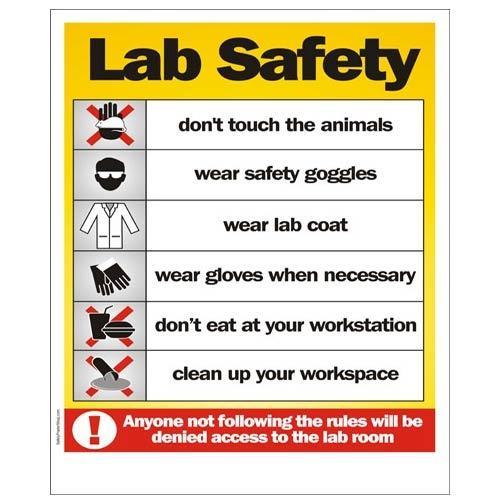
Security measures: 5 ways to effectively communicate them
Security measures cannot be underestimated and a multilateral approach to communicate them needs to be applied since it influences several factors starting from physical security where the main aim is to protect your employees from workplace injuries when it comes to hazardous working environments. Another angle of security that is to be considered is protecting your sensitive data including information about your employees and customers, or even сorporate secrets.
Despite the differences in the protection strategies and cases where physical security may not be applicable or vice versa, from time to time, the security measures are subjected to changes and you will want to properly communicate them to your employees.
Before informing your team about the security measures you need to understand why they exist. For sure they were not randomly created and, usually, introduced after unpleasant incidents. Even if it wasn’t your company, still the majority of the security measures appeared as a result of failures. But most often people explain these rules in a monotonous voice, thus employees tend to easily forget the precautions. Do not hesitate to tell why this or that measure exist and give some background of why the security measure is critical.
Once the message is clear it’s time to choose the way of communication for security measures:
1. Ad-hoc communication
During emergencies the time is critical, loudspeakers, phone calls, and even shouting would work. Understanding all the urgency of the situation, people would follow all the instructions that can save their lives. In all other cases, you have the choice to decide.2. Emails
It’s the most popular method to communicate security measures, as it requires minimal efforts yet all the important information can be included. You can include all the important info and use the global email list to send it. It’s recommended to combine it with other methods on this list. Alternatively, request the obligatory reply to confirm everything is clear or ask your team to post + in the work chat to make sure they have seen your email. Setting the deadline for such cases works perfectly.3. Posters and visual guidelines
This method is applicable to workplaces with high risks and includes instructions on how to use machinery or general safety precautions.
Image source: Indiamart - https://www.indiamart.com/proddetail/safety-precautions-printed-poster-8637003030.html
4. Security courses
Ask your teammates to complete a security course about the security measures and pass all the required tests to obtain the certificate. In bigger companies, there are separate learning platforms where progress can be easily tracked. Once it’s done it would be great if employees could share their feedback to see whether they understand the material and know how to apply it.5. Meetings
The best way is to arrange a group or individual meeting to inform about new changes. If due to the circumstances there is no possibility to arrange it, video conferencing for remote team meetings would be the best way to deliver the information, since you will be able to see reactions by facial expression and address all the concerns. Overall, it’s the most preferable option as it combines time and effectiveness.
When it comes to deciding what is the best strategy for communicating security measures it all depends on the situation. Emergencies require rapid reactions, and for all other cases, you will have to assess the best way depending on the environment, people, and situation. You may want to use all of them to decide what works better for your team.